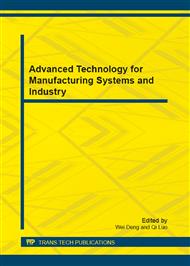p.913
p.917
p.923
p.929
p.934
p.941
p.948
p.954
p.958
Traffic-Aware Adaptive Discontinuous Receiving Scheme for Power Saving in Cellular Networks
Abstract:
In the cellular networks, a new adaptive Discontinuous Receiving (DRX) scheme is proposed to improve the power saving. In the traditional DRX, the channel monitoring period is fixed, it will waste some energy to monitor channel when there is no data in a long period of time. In this paper, the support vector machine (SVM) is used for traffic prediction, which can predict the data packets arrival time. Then based on this prediction, the monitoring cycle of the DRX is adaptive with the traffic flow. According to prediction result, the sleep period of the receiver will be extended to avoid unnecessary waking up during the idle time. This traffic-aware DRX scheme can reduce consumed power for channel monitoring. The reduction of monitoring channel depends on the prediction accuracy, which has been verified by the simulation results. The simulation results also show that the proposed scheme is effective for power saving.
Info:
Periodical:
Pages:
934-940
Citation:
Online since:
November 2012
Authors:
Price:
Сopyright:
© 2012 Trans Tech Publications Ltd. All Rights Reserved
Share:
Citation:


